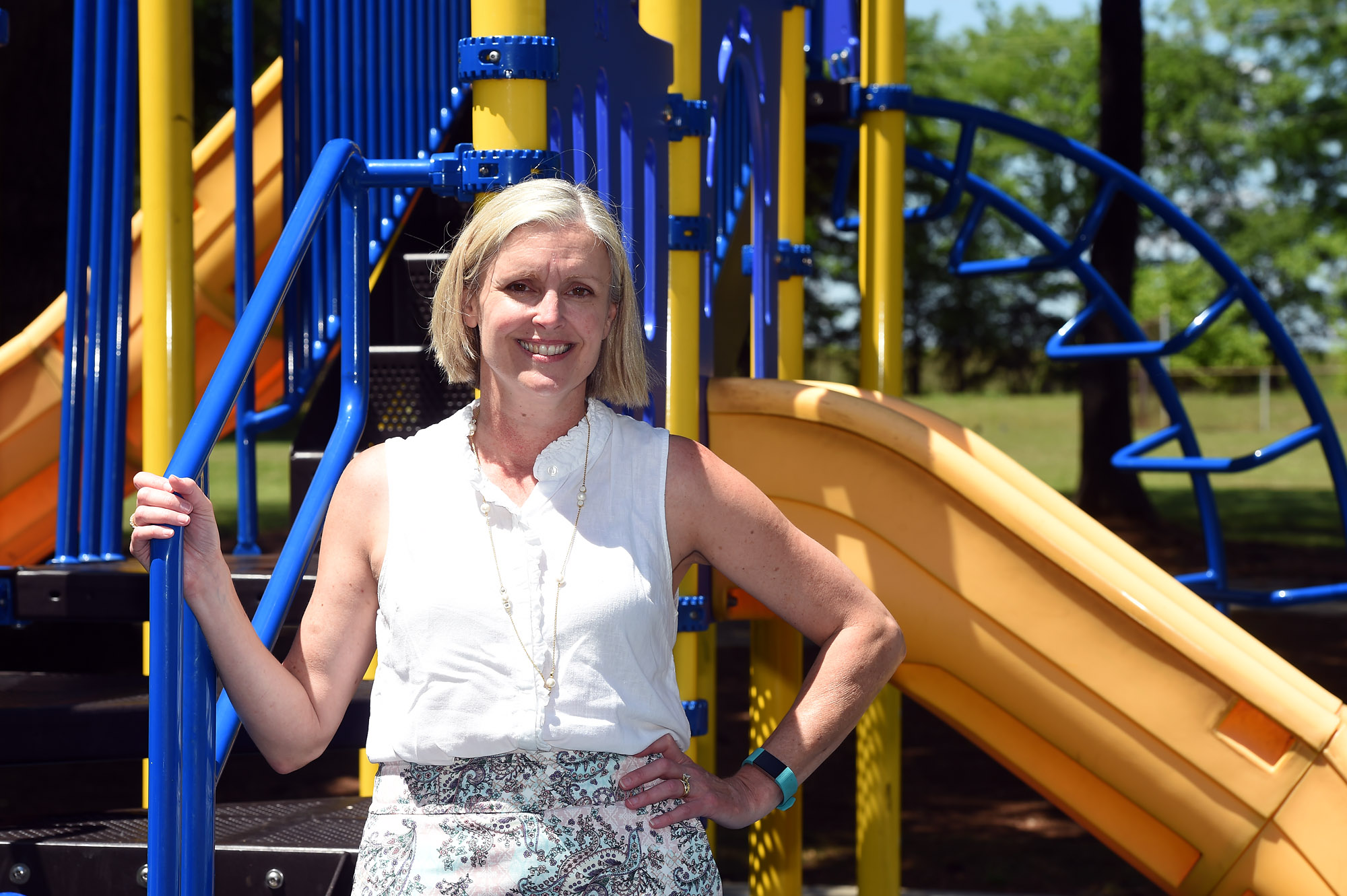
By Nathan Turner Jr. and Monique Jones
For the Birmingham Times

Intervene early. Start with the family. Involve educators.
Those are a few suggestions social scientists, medical professionals, and others say could be a key to reducing the violent crime that is on the rise in Birmingham. Homicides in the city have escalated 80 percent since 2014—and many of the victims and perpetrators are young African-American men.
Several factors contribute to the violence.
“The most common is retribution, wanting to punish an adversary for something he or she did to them,” said Susan L. Davies, PhD, an associate professor in the Department of Health Behavior at the University of Alabama at Birmingham (UAB). “Other reasons include defending oneself or another against an aggressor and trying to ‘save face,’ or protect one’s image.”
Davies is a health researcher who primarily studies violence from the perspective of the child and his or her surrounding social (family, peer) and structural (school, neighborhood) environments. Violence occurs in every culture, she said, and adolescent females are involved in almost as many acts of aggression as males.
“Adolescence can be a challenging time emotionally, and many young people are not equipped with the social skills to successfully navigate potentially dangerous situations,” said Davies. “Most perpetrators believe that they did nothing wrong. We see a common belief that violence is an acceptable solution to conflict.
Victims and Aggressors
Most acts of hostility and aggression begin with small everyday interactions, during which an argument or confrontation begins, said Davies.
“Arguments resulting in violence are a considerable problem for American youth [more so than in other countries] as both victims and aggressors,” she said. “Most violent events occur between individuals who already know each other through their school or neighborhood.”
The number of homicides among African-Americans is particularly disturbing, however. The leading cause of death for African-Americans ages 15 to 24 is homicide, according to the Centers for Disease Control and Prevention (CDC).
Young African-American males in low-income, resource-poor urban neighborhoods tend to be more afflicted by serious forms of hostilities, said Sarah Stoddard, PhD, an assistant professor at the University of Michigan School of Nursing in Ann Arbor, Mich.
Exposure to hostility and poverty may influence an adolescent’s thoughts about his or her future and can be linked to hopelessness, she said.
“Young people who are hopeless about their future are at greater risk of involvement in violence and other high-risk behaviors that can have an impact on
their health and well-being. On the other hand, a positive orientation to the future can facilitate healthy development and successful transition to adulthood,” said Stoddard, who has conducted some of her research among African-American youth in Mobile and Prichard, Ala.
Jarralynne Agee, project manager of the Birmingham Violence Reduction Initiative (BVRI), agreed that many young adults lack hope. The BVRI works to address issues that lead to an increase in crime.
“They don’t feel connected to anything. They feel estranged from normal things we do in society, mostly workforce development and educational opportunities,” said Agee, PsyD, who has a master’s degree from The Ohio State University and a doctorate in clinical psychology with an emphasis on cross-cultural psychology from the California School of Professional Psychology.
“We’re trying to reconnect them with those because … those things actually help keep us on a path that moves us away from things that expose us to violence and the factors associated with it. A lot of people whose lives we’re seeing, they’re disconnected from any kind of track that would put them on a different path than the one they’re on.”
Save Our Sons
Agee said she would like to see a health campaign that focuses on the eradication of guns.
“The same way we race for the cure [for breast cancer], we need to find a way to have some kind of campaign to save our sons,” said Agee, who has two teenage sons. “If we don’t have that kind of campaign to save our sons, we won’t be able to work together collaboratively … It has to start with us understanding why we’re broken in the first place.”
Kevin Washington, president of the Association of Black Psychologists based in Fort Washington, Md., said violence [stems from] economic deprivation or disenfranchisement.
“There’s dehumanization of a population,” he said. “Therein lies that hopelessness, … that despair, … that particular reality of not being able to escape a condition that is uncomfortable. Oftentimes, humans don’t internalize what is happening to them externally, so they begin to [show] aggression to those closest to them.”
Cycles of Violence
Some believe the solution involves a top-to-bottom overhaul in communities where aggression is often intergenerational.
Jeffery T. Walker, PhD, professor and chair of UAB’s Department of Criminal Justice, contends that cycles of violence and poverty build a web of strife in some areas. For example, a child may be born into a family that experiences domestic- or community-related hostility, and those events feed upon themselves.
“It is a cycle that goes from the parents to the siblings to the younger children,” he said. “It just keeps perpetuating itself in these communities.”
A solution, according to Walker, would be to change the structure and environment of some neighborhoods. This would involve a strong focus on improving schools, creating economic opportunities, improving housing, and providing trauma-informed care for those who have already been exposed to acts of hostility.
“It will take a long time because we have to start on the next generation and build something for them. We have to give them hope,” said Walker.
Training Parents and Teachers
Davies said some steps to reduce the violence could involve training teachers, parents, and others “who are often the first to see peer disagreements” to reduce the frequency of initial affronts felt by at-risk individuals.” In other words, prevent minor arguments from turning into potentially deadly confrontations. The longer-term solution would be to increase adolescent adjustment through socioemotional or life skills and conflict-resolution efforts, she said.
“Social- and emotional-skill-building are often integrated into the curricula of well-resourced schools, but rarely so in those school districts that could use them the most because of their students’ increased exposure to multiple risks and stressors that compromise their mental health and decision-making,” she said.
All schools should include a social-skills curriculum that teaches the development of nonviolent responses to behaviors that otherwise might lead to aggression, said Davies. Schools also could send information home to parents so violence-prevention efforts are supported at home.
“It is not uncommon for parents to advise their children to respond to aggression with aggression: ‘If they hit you, hit them back,’” said Davies, who would like to see increased support for “positive family environments.”
“Early family environments of young children are significant predictors of cognitive and socioemotional abilities. They also increase risks for crime and poor health,” she said. “Family environments in the U.S. and many other countries around the world have deteriorated over the past 50 years. High-quality parenting is not dependent on financial resources, though poverty often brings severe stressors that impair mental health and make parenting more difficult.”
To read more from the #LivesLostBham violence series, click here for part 1, and here for part 2.




